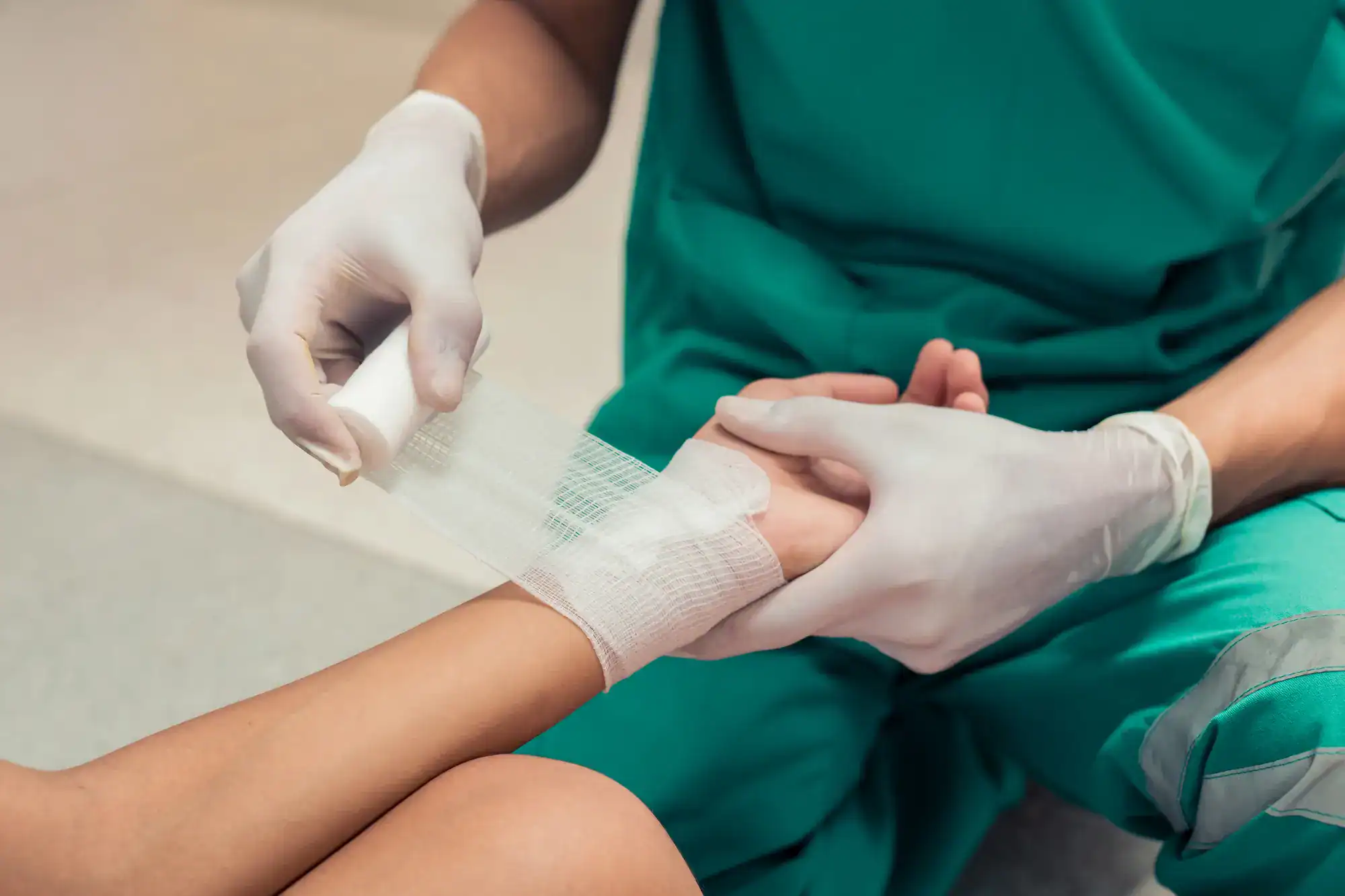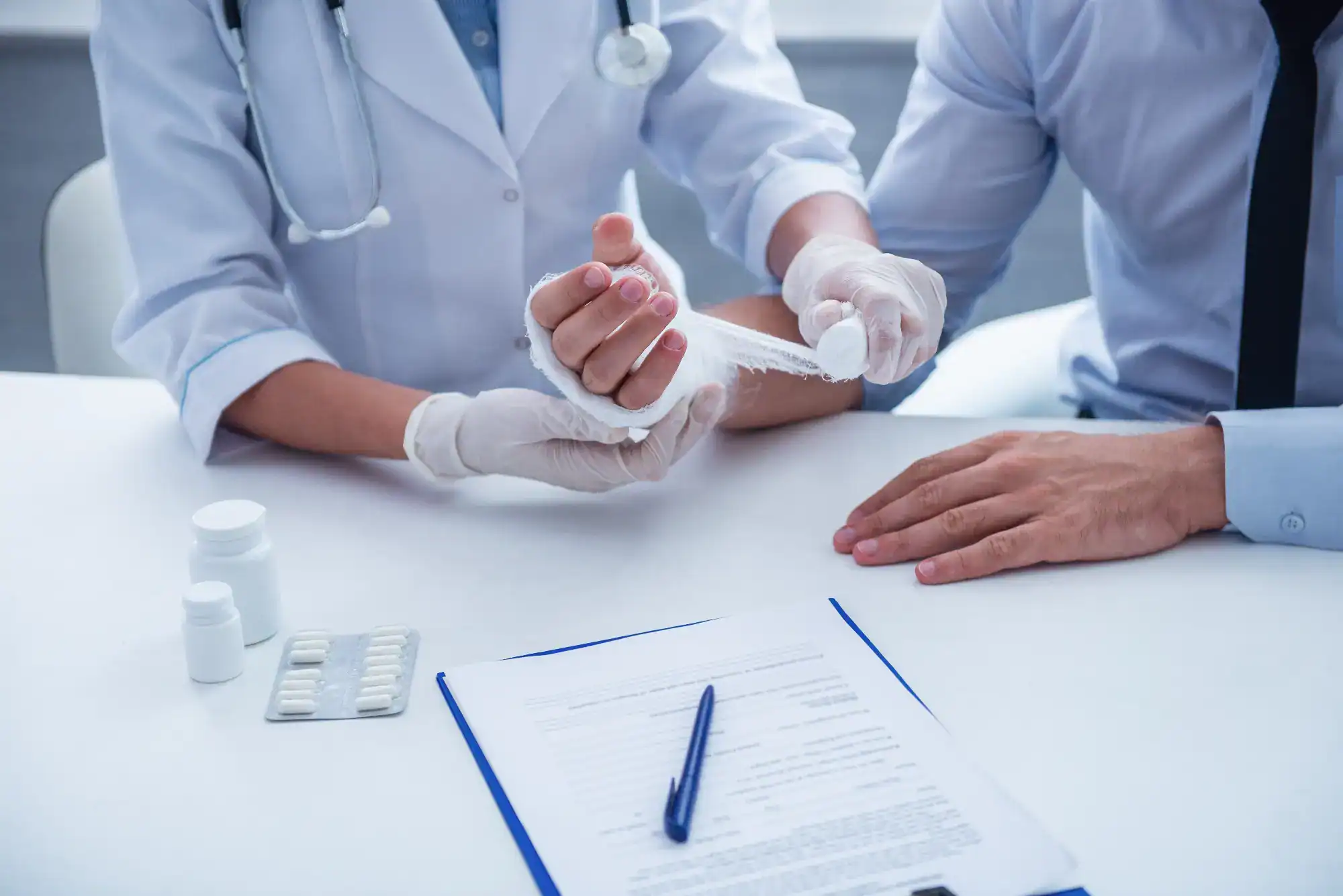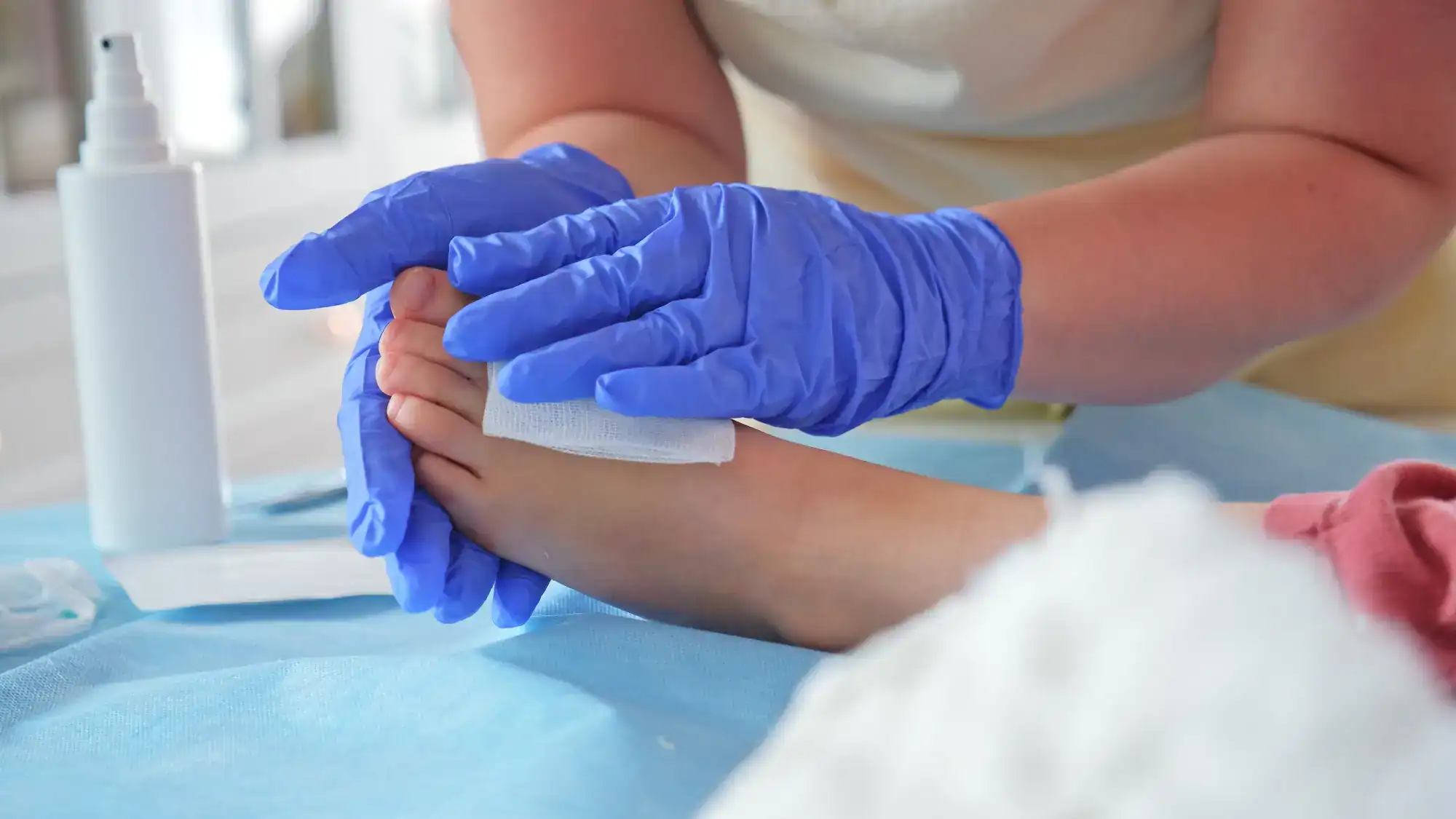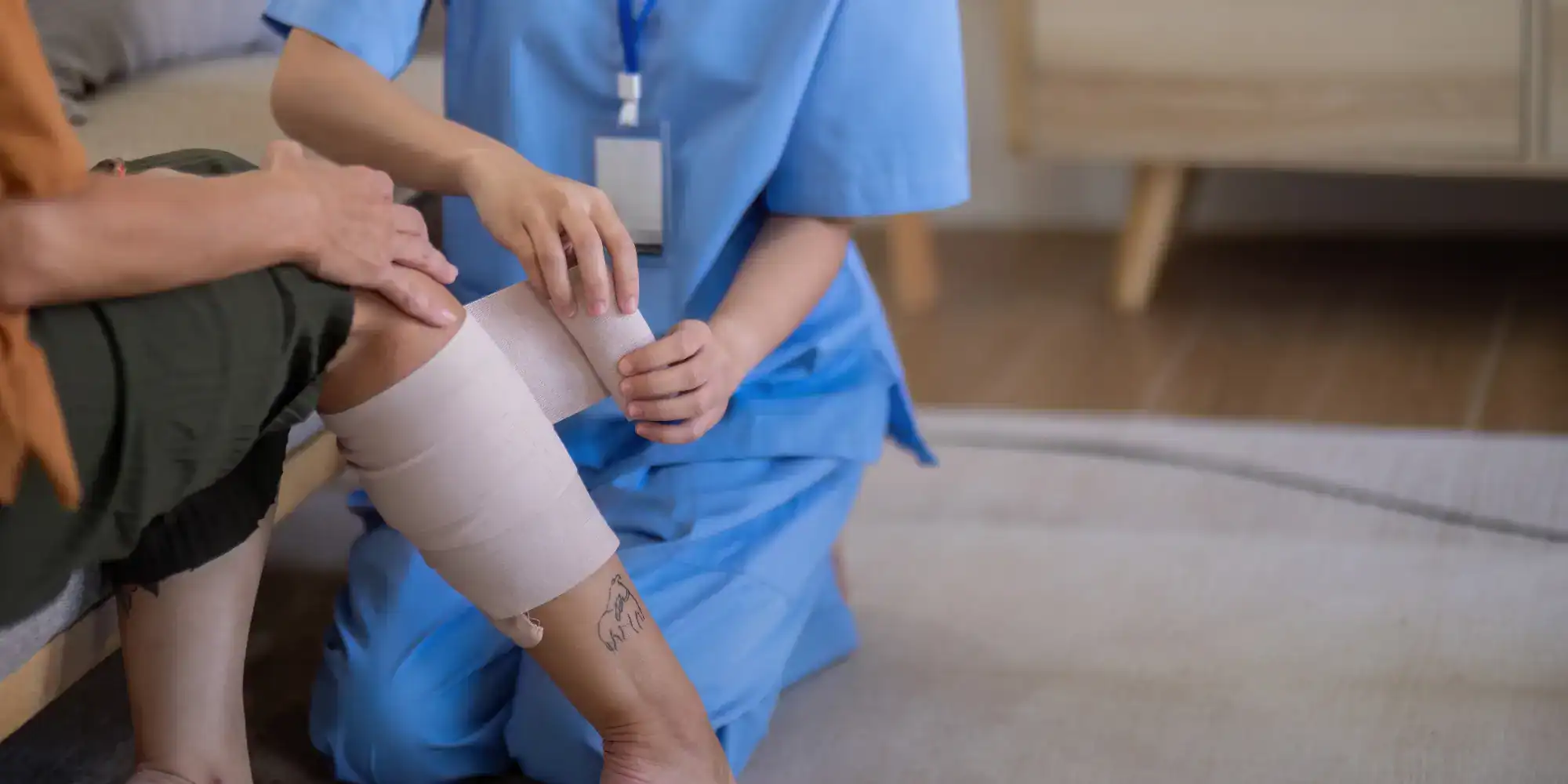Advanced wound treatments that work when everything else hasn’t, right here in Wadesboro.

See What Our Customers Think

You’re dealing with a wound that’s stubborn, painful, or getting worse instead of better. Maybe it’s been weeks or months of trying different approaches with little progress.
When wounds heal properly, you get your life back. The constant worry about infection disappears. You can walk, work, and sleep without that nagging pain or fear that something’s seriously wrong.
Real wound care means addressing why your wound isn’t healing in the first place. It’s not just about bandages and hoping for the best. It’s about understanding circulation issues, managing diabetes complications, and using treatments that actually accelerate your body’s natural healing process.
We’ve been serving Wadesboro patients who need more than basic wound care. We’re the clinic people come to when their regular doctor says “let’s wait and see” but the wound keeps getting worse.
Our team specializes in wounds that don’t respond to standard treatment. Diabetic ulcers, surgical sites that won’t close, circulation-related wounds – we see these cases regularly and know what works.
We’ve built our practice around one simple principle: every wound can heal with the right approach. Sometimes that means advanced treatments your primary care doctor doesn’t have access to. Sometimes it means identifying underlying issues that are preventing healing.

Your first visit starts with a comprehensive wound assessment. We look at the wound itself, but also at what’s preventing it from healing. Blood flow, infection signs, underlying conditions – everything that impacts your body’s ability to repair itself.
We develop a treatment plan specific to your wound type and your health situation. This might include advanced dressings, infection management, circulation improvement, or specialized therapies that promote faster healing.
Follow-up visits let us track progress and adjust treatment as needed. Wound healing isn’t always linear, so we monitor closely and make changes when something isn’t working as expected. You’ll know exactly what’s happening and what to expect at each stage.

Ready to get started?
Every patient gets a thorough evaluation that goes beyond just looking at the wound. We assess circulation, check for infection, evaluate your overall health factors, and identify any barriers to healing you might not be aware of.
Treatment includes advanced wound dressings, infection control when needed, and specialized therapies based on your specific wound type. For diabetic patients, we coordinate with your diabetes management to optimize healing conditions.
We also provide education about wound care at home, signs to watch for, and how to prevent future problems. Many patients leave understanding more about their condition than they ever have before, which helps them take better care of themselves long-term.
